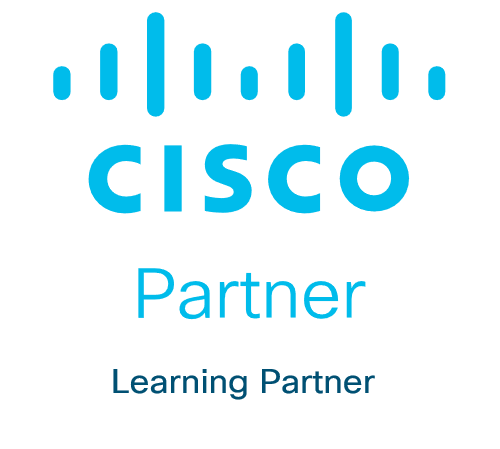What you’ll learn
Who should enroll
- Network administrators
- Solutions designers
- System installers
- System integrators
- System administrators
Technology areas
- Software Defined Networking
- Network Automation
- Service Provider
Training overview
Objectives
After completing this course, you should be able to:
- Explain the transactional service activation and how it relates to business requirements
- Explain how Cisco NSO communicates with network devices
- Understand the NETCONF protocol and be able to read and write simple YANG models
- Understand the difference between devices that are fully NETCONF capable and those that are less or not NETCONF capable
- Understand the support for candidate configuration and confirmed commit support
- Use logs to troubleshoot the Cisco NSO deployment and check NSO communication with network devices
- Explain the YANG service model structure
- Design a real-world usable service
- Explain the mapping logic of service parameters to device models and consequently to device configurations
- Describe the use of different integration options and APIs
- Explain how to implement action with use of config-templates in NSO package
- Explain the use of Reactive FASTMAP in for manipulating and implementing advanced NFV components
- Describe the use of feature components and function packs
- Define and explain the ETSI MANO principles and solution
- Work with the alarm console, and understand the NSO alarm structure and how it conforms to modern network operations procedures
- Describe Cisco NSO 5.3 new features and changes in NSO
Prerequisites
We require the following knowledge and skills before taking this course:
- Basic knowledge of the Cisco Command-Line Interface (CLI) or the CLI of UNIX-like operating systems
- Working knowledge of UNIX-based operating systems and basic tasks
- Basic knowledge of programming constructs
- Basic knowledge of YANG data modeling
- Basic knowledge of the NETCONF communication protocol
- Knowledge of XML data structures and schemas
- Basic management of network components (routers, switches, etc.)
The following Cisco courses can help you gain the knowledge you need to prepare for this course:
- Network Programmability Basics (Cisco DevNet Course)
- Introducing Automation for Cisco Solutions (CSAU)
- Programming for Network Engineers (PRNE)
Course Outline
- Introducing Service Orchestration with Cisco NSO
- Exploring Cisco NSO Architecture
- Orchestrating Network Solutions
- Describing Cisco NSO Operation
- Installing Cisco NSO
- Exploring the Advantages of NETCONF
- Managing Devices Using the Device Manager
- Creating YANG Models
- Using Services
- Implementing Services with Model-to-Model Mapping
- Designing Services in Cisco NSO
- Managing the Service Lifecycle
- Programming with Python in Cisco NSO
- Configuring and Troubleshooting System Settings
- Discovering Cisco NSO Northbound APIs
- Managing Alarms and Reporting
- Configuring Cisco NSO for Scalability and Performance
- Describing Cisco NSO VNF Manager and Function Packs
Lab outline
- Install Cisco NSO
- Use Device Manager
- Create a Device Template
- Create a Loopback Template Service
- Create a VLAN Template Service
- Create an L3VPN Template Service
- Migrate a CDM Device
- Set Up a Device Using Python Scripts
- Create an SVI Python Template Service
- Use NSO RESTCONF API with Postman



